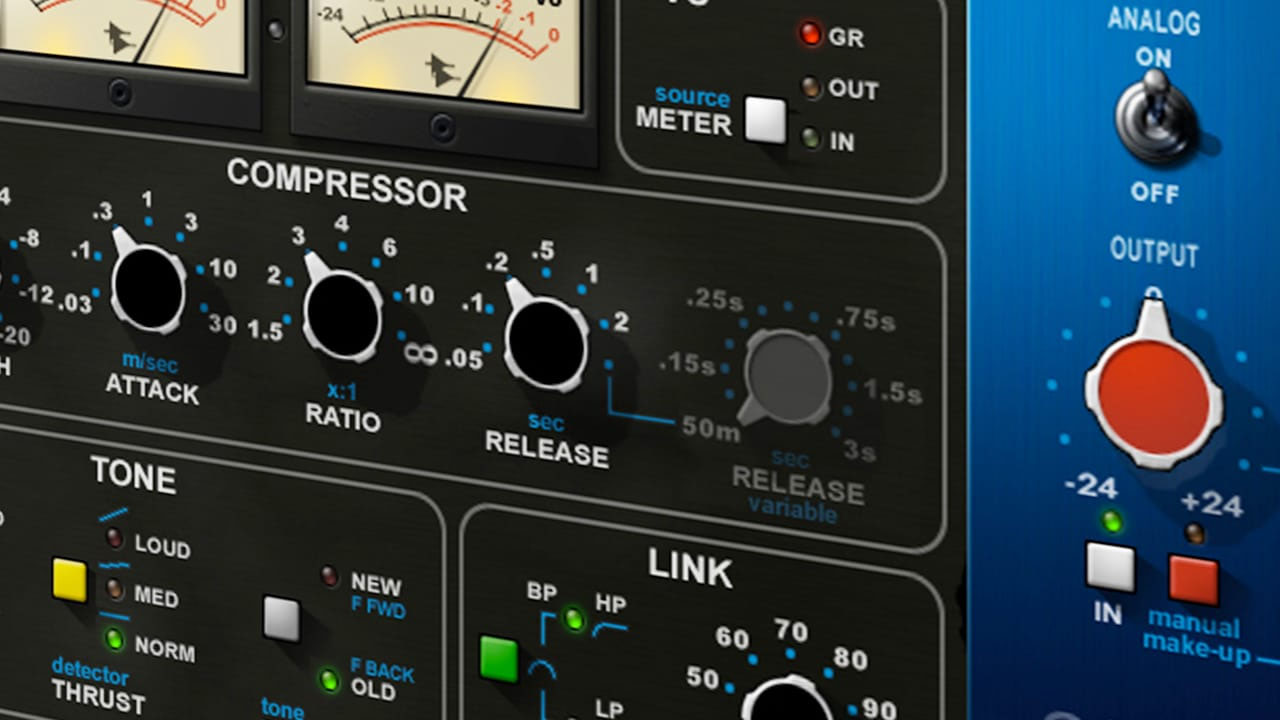Community, Leadership, Experimentation, Diversity, & Education
Pittsburgh Arts, Regional Theatre, New Work, Producing, Copyright, Labor Unions,
New Products, Coping Skills, J-O-Bs...
Theatre industry news, University & School of Drama Announcements, plus occasional course support for
Carnegie Mellon School of Drama Faculty, Staff, Students, and Alumni.
CMU School of Drama
Friday, April 01, 2022
Back To Basics: A Beginner’s Guide To Understanding How Compression Works
ProSoundWeb: Audio professionals will tell you that compression is an essential part of their mixes – if used correctly. But using it correctly starts with understanding what the controls are doing. In this first article in a series on compression, I’m going to explore the basic compression controls and how they function. Later we’ll talk about how to use it in live applications.
Subscribe to:
Post Comments (Atom)

3 comments:
It can always be useful to go back and refresh yourself on the specifics of effects and tools you frequently use. For me, I tend to not use compression as much in my designs, since I don't often have raw sounds with high dynamic range. I tend to use EQ and Reverb far more often. In live mixing, especially all the mixing I've done for bands, I've used compression far more often though. People really underestimate what compression can do for a mix, but it's important to note that it isn't a magic fixer. Just like every other effect, it has a purpose, and needs to be used the right way. Bad compression just sounds bad, lol.
Something that I'm still getting the hang of is playing around with attack/release timings on different instruments. The effects you get from that vary a lot, depending on if it's a kick/snare, a guitar, keyboard, etc.. It's an effect that I really need to get some more experience with.
Sound is one of the areas in theatre where I simply struggle to imagine or understand what is going on, and what people are doing. Honestly this extends to music for me as well as I struggle to understand how a lot of people describe music; none of their terminology really ever clicked with me super well. I’m a pretty visual person and honestly, that’s where almost all of my artistic experience has been and so this was a chance for me to try and understand a concept I had heard about and have heard referenced plenty but that I did not understand. I found the article very clear, not only in tis writing but it had visuals that demonstrated what exactly was going on, I think there was a lot that went over my head in terms of how this would actually soun, what situations this way good for and the article was very mechanic focused. I’ll say again that the sound people who are good at interpreting and adjusting sound always impress me, though I think that is more to do with my lack of familiarity with the tools at hand.
This was a pretty thorough deep dive into a concept we’ve covered in Production Audio this semester. I really appreciate learning about this, because I think it will help work better with sound designers to actually know what they’re working on or possibly talking to me about (for example, if we’re trying to fix an issue). The graphics in this particular article were super helpful too, and aided what James Attaway was describing. I think decibels is something I haven’t quite wrapped my head around, in terms of how that scale works in relation to the volume of audio output, but I’m working on it. That hindered some of my understanding of this article, but a lot of the information was helpful and solidified what I’ve been learning about in class. I’d love to find some audio examples to listen to, and see this in practice; that might help my understanding a bit more.
Post a Comment